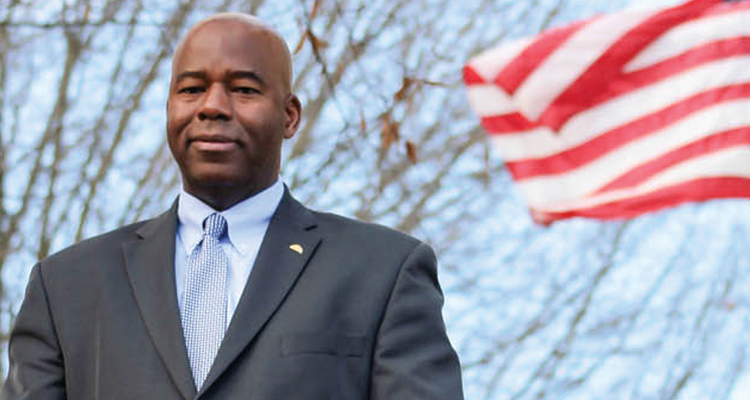The VDOE publicly released overall statewide school division and school pass rates for 2016-2017 state assessments on August 15. State accreditation ratings will be released to the news media and general public on September 13.
As superintendent, I am the first to acknowledge that the accreditation process is only “one” measure of school performance. The challenge with the accreditation process is that many people do not truly understand what it means. Does it mean that a student who attends a school that is Not Fully Accredited is not learning? Is it a measure of teacher quality or performance? Does it mean that schools that are Fully Accredited are “better” schools? Or, does it reveal how factors outside of school impact student academic performance and the schools ability to negate those factors based on Standards of Learning tests (SOLs)?
Technically speaking, the ratings are Virginia’s accountability system for established rigorous academic standards known as the Standards of Learning (SOL), and thus are “one” important measure of how a school is performing. Student achievement on SOL assessments in English, history/social science, mathematics and science are used to determine a school’s accreditation rating. Elementary and middle schools are Fully Accredited if students they meet or exceed the state targets for student pass rates on state SOL assessments in English, Mathematics, Science, and History/Social Science. High schools must meet the state graduation target in order to be accredited. Schools demonstrating adequate progress towards accreditation goals may be awarded the Partially Accredited status.
Practically speaking, accreditation ratings, by default, unintentionally measure the extent to which factors outside of school’s control impact the challenges teachers face in improving student. For example, the extent to which a student has been exposed to early literacy (from birth to kindergarten) may significantly impact how that same student performs in school, which in turn impacts accreditation. This is a difficult subject to discuss tactfully as it is not a condemnation of these students or their teachers. It is nonetheless, an opportunity we cannot ignore.
An unintended consequence of Virginia’s accountability model is that it compares all schools (those with a large population of under-resourced students to schools with large populations of students that are well-resourced.) Under-resourced students have limited access to external resources, such as support systems, mentors, and money. The lack of these kinds of resources often creates formidable challenges like childcare, transportation, and affordable housing. According to a report by the United Way, 42 percent of households in Danville and Pittsylvania County have incomes that are too low to afford basics needs.
Unfortunately, Virginia does not differentiate school accreditation based on the percentage of under-resourced students making up the school population. Stated differently, when comparing these factors across schools, Danville Public Schools’ performance is consistent with other school divisions in Virginia, when you compare its subgroups of students to the same subgroups in other school divisions in the state. Given this fact, is Danville Public Schools a failing school system or are we facing greater challenges than other schools? The bigger question is: what are we doing to ensure that all students are successful?
The past two years have been spent preparing our classrooms to meet the challenge of ensuring the success of all students. I am confident that, we will meet the challenges before us, especially with your continued trust, resources (funding) and patience. It is our greatest opportunity and our moral duty to improve learning for all students. Please join us as we transform lives, nurture hearts and invest in our future through serving children.
